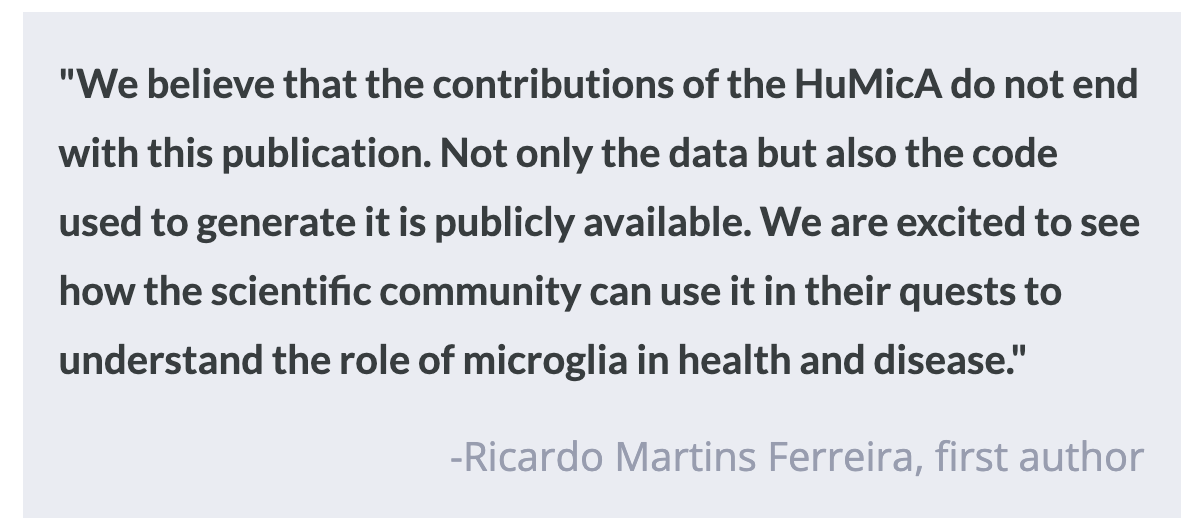Pro Soccer Players Have Unique Cognitive Abilities and Personalities
Post by Anastasia Sares
The takeaway
This study looked at professional soccer players’ cognitive abilities and personalities, finding that they differ significantly from the general population. This shows that it takes more than physical attributes to make it at the highest levels of play.
What's the science?
Professional athletes are often praised for their physical prowess, including their stamina and strength. Yet, in sports such as soccer, there are other important abilities, like keeping track of players’ positions, knowing when and where to pass, and quickly reacting to changes on the field. Not only that but becoming a competitive player involves dedication to hours of practice, as well as confidence and a healthy mentality. Previous studies have begun to quantify these traits, showing that successful soccer players perform better on some cognitive tests than the general population. Still, these studies often have small samples of professional players, or study non-professional athletes, since it’s very hard to get access to top players.
This week in the Proceedings of the National Academy of Sciences, Leonardo Bonetti and colleagues conducted one of the largest studies to date on the cognitive and personality traits of professional soccer players, showing that these traits are distinct from the general population.
How did they do it?
The authors gathered a large group of professional soccer players (over 200) and a matched comparison group from the general population. The comparison group was matched on socio-economic status and age, which are important to consider when it comes to cognitive ability. The authors administered cognitive and personality tests to the participants so that they could compare the two groups. This sample included both men and women players, as well as players from two different countries (Brazil and Sweden), so they could ensure their results were replicated across cultures.
The cognitive tests (taken from the D-KEFS and WAIS IV) were measures of what is sometimes called “fluid intelligence”—cognitive abilities that are less dependent on education. For example, digit span, a simple test of working memory, involves the participant hearing a string of numbers and then reporting back as many as they can remember. Another example is the 5-point test, which evaluates a skill called nonverbal fluency, where participants had to generate as many ways as possible to connect a set of 5 dots in a limited amount of time. A third example is the Tower of Hanoi, where participants must move a series of stacked objects to get from one configuration to another in as few moves as possible. The personality measure used in the study was the Big Five, a science-backed personality system consisting of five traits: Openness, Conscientiousness, Extraversion, Agreeableness, and Neuroticism (often known by the acronym OCEAN or CANOE).
What did they find?
The soccer players performed better than the general population on the cognitive tests: this superior performance included planning, problem-solving, and memory capacities. In the working memory test, the soccer players remembered 6 digits on average, whereas the control group could only remember just above 4 on average. The soccer players also showed higher levels of the personality traits Conscientiousness, Extraversion, and Openness to experience, along with lower levels of Neuroticism and Agreeableness.
The number of goals scored by a player was related to a high score on the 5-point test (nonverbal fluency), high Openness to experience, and low Conscientiousness. On the other hand, attempted and successful dribbles were predicted by a high digit span (working memory), a high Tower of Hanoi score (visuospatial reasoning), and high Openness to experience.
What's the impact?
This study shows that professional soccer players outperform the general population cognitively, not just physically, and that they have a specific pattern of personality traits. The authors think this could be helpful for recruiters looking for the next generation of stars. But it is unclear how these traits come about—are they the result of high-level training, or are they present before any training has begun?





